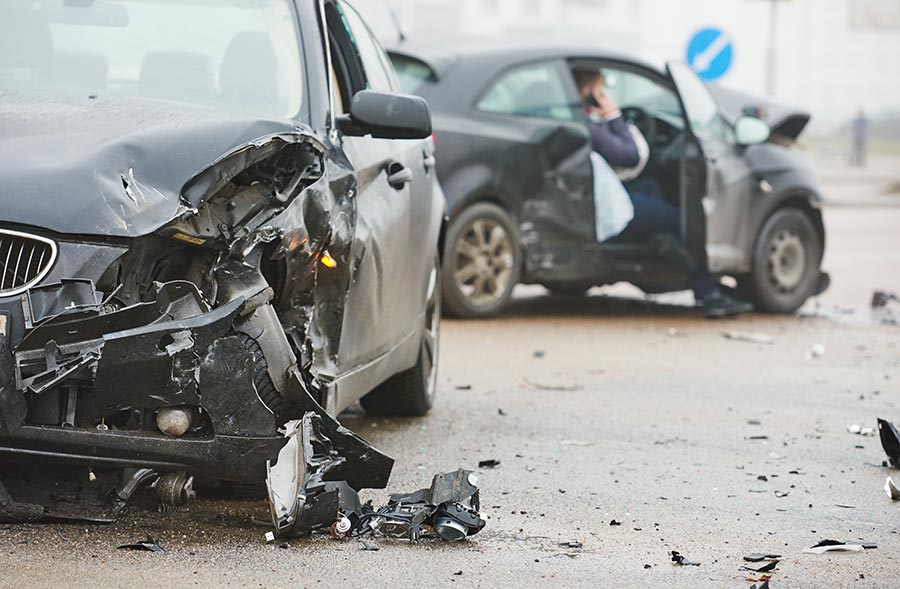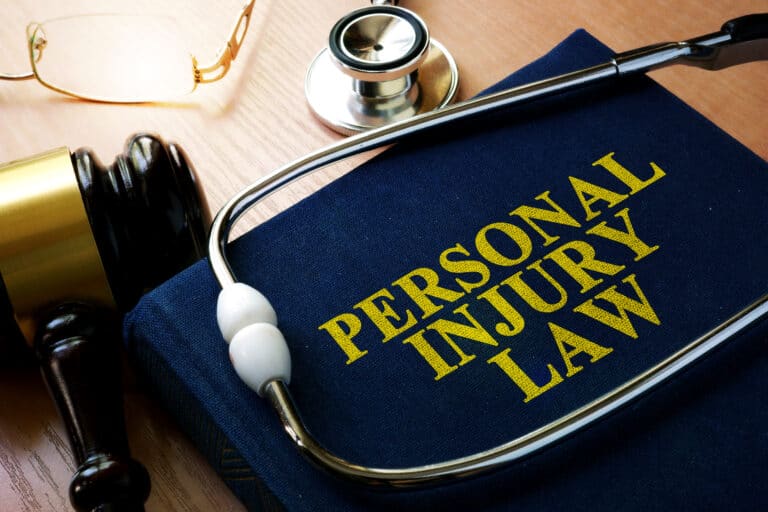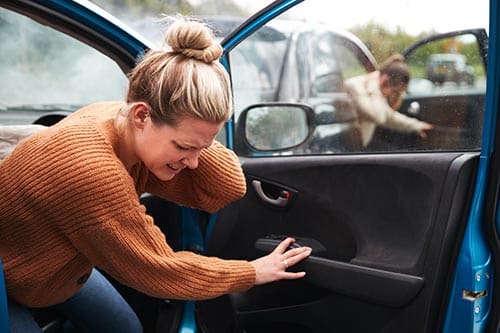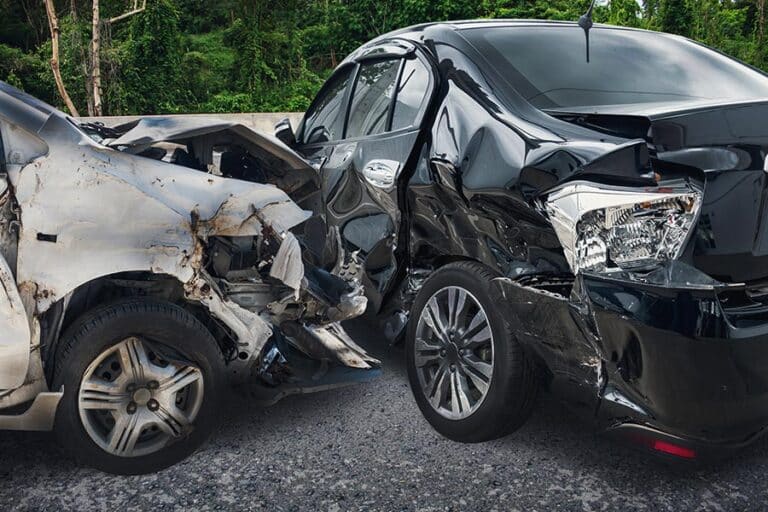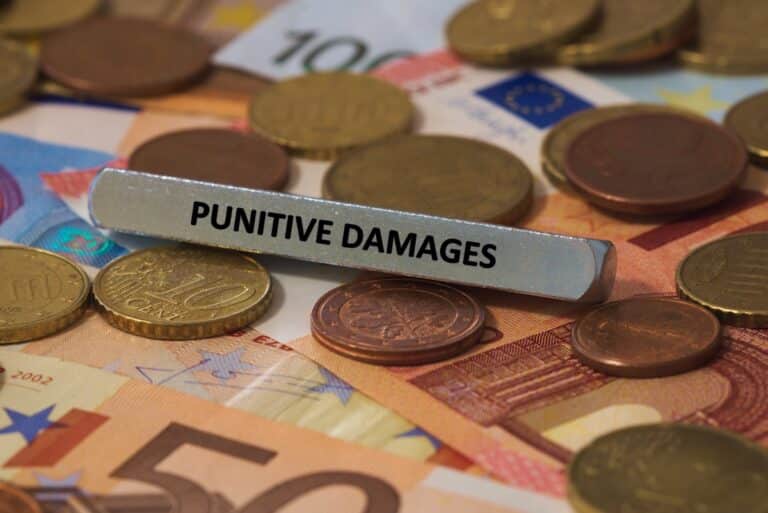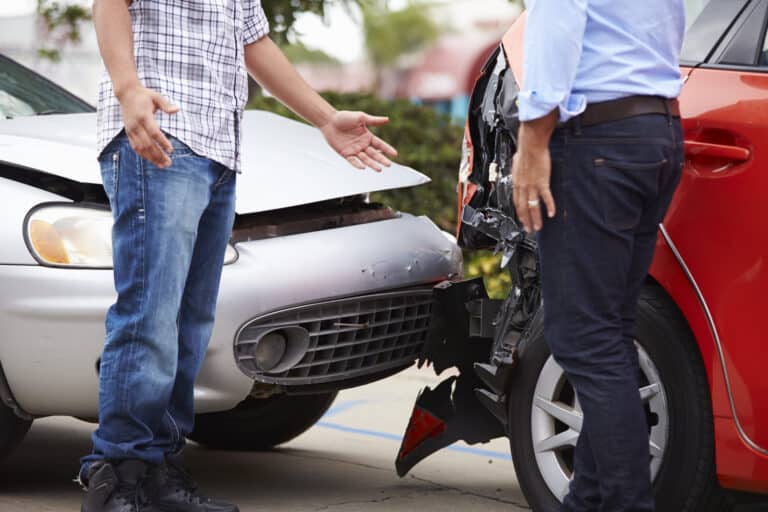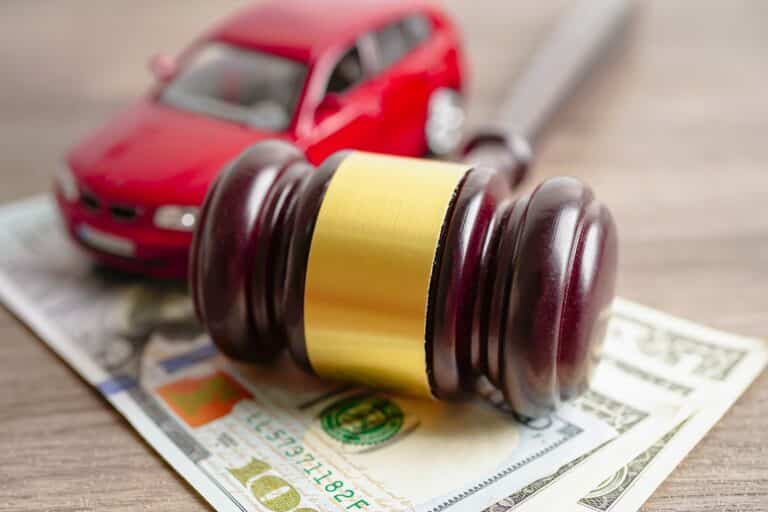Car Accident Scenarios: Who’s Fault Is It?
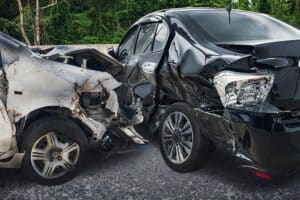
When two cars collide, it’s not always black and white as to who is at fault. Many different factors can come into play, such as the location of the damage, who was driving, and even the weather conditions. We’ll explore some common car accident scenarios and determine who is typically at fault in each instance. Keep in mind that these are generalizations and every situation is unique. If you are involved in a car accident, it is best to consult with an attorney to find out who is actually responsible.
Common Car Accident Scenarios
There are many different scenarios that can play out during a car accident, and while it may be clear cut in some cases who was at fault, other times it can be much more difficult to determine. Ultimately, it is up to the insurance companies, and sometimes law enforcement, to determine fault for an accident. But here are some common car accident scenarios – whos fault it is:
Sideswipe Collision
When one car hits another from the side, it is typically the fault of the driver who hit the other car. This is because drivers are expected to yield to oncoming traffic when making a turn. The turning driver usually has the responsibility to make sure that the lane is clear before proceeding. We can find out how to tell who sideswiped who, and prove it in court if necessary.
Rear End Collision
In most cases, the rear driver is at fault in a rear-end collision. This is because drivers are expected to leave enough space between their car and the car in front of them, and to brake in plenty of time to avoid rear-end collisions to begin with. In some cases, the other driver may have braked suddenly or without signaling, which would make the rear-end collision their fault.
Head On Collisions
A head-on collision can be more complicated, as there are many factors that come into play. Typically, though, either both drivers are at fault or one driver will be found more responsible than the other. For example, one driver will be at-fault if the oncoming vehicle was speeding, driving recklessly, or if the car swerved into oncoming traffic. Head-on collisions can also be caused by one driver crossing over into oncoming traffic to make a left-hand turn, while the other driver had the right of way.
Single Car
In a single car accident, the one vehicle and one driver is almost always the at-fault party. This is because accidents that involve only one car are typically caused by driver error, such as speeding, intoxication, or distracted driving. But, in some cases, the vehicle manufacturer may be at fault if there was a mechanical error or design flaw that caused the accident.
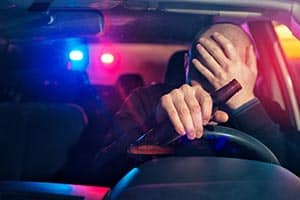
Drunk Driver
When a drunk driver causes a motor vehicle accident or their vehicle collides with another driver, they can be held criminally and civilly liable. This means that the drunk driver can be sued by the victim of the accident in addition to facing criminal charges.
Determining Fault in an Accident
There are a few different ways that fault can be determined in an accident. The first is by looking at the damage to the cars. This can be helpful in side-impact and rear-end collisions, as the damage will typically be more severe on the car that was hit. For example, if a car is rear-ended, the back bumper will be more damaged than the front bumper of the car that hit it.
The second way to determine fault is by looking at witness statements. If there are any witnesses to the accident, their testimony can be incredibly valuable in understanding what happened, who is at fault, and understanding what happened during an auto accident.
Maybe the oncoming driver went through a red light, was going faster than the speed limit, driving in the oncoming traffic lane, or made an illegal turn. By using accident reconstruction, you and your car accident attorney can put together what happened during the accident.
Finally, a police report can also help to determine who is at fault in an accident. The responding officer will likely talk to all parties involved in the accident, as well as any witnesses, and will put together a report that can help insurance companies (and lawyers) understand who is at fault.
So, while there is no surefire way to determine who is at fault in an accident, there are a few ways that you can look at the situation to get a better understanding of what happened and who may be responsible.
Contact a Car Accident Attorney Today!
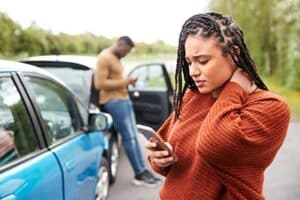
If you have been in an accident, make sure to take photos of the damage, get witness statements if possible, file a police report so that you have documentation of what happened, and then contact a car accident attorney at The Ultimate Law Firm! We’ve helped hundreds of people with personal injuries and property damage claims, and we’ll provide you with a free consultation!
This will give you the best chance of getting compensated for your damages, including medical expenses, whether through an insurance claim or a personal injury lawsuit! Don’t wait, call us as soon as the accident occurs so we can start working on your auto accident case!
Frequently Asked Questions
How do you know whose fault it is in an accident?
There are a few different ways that insurance companies can decide who is at fault in an accident. One way is by looking at the police report, if there is one. The police report will usually have a section where the officer lists who they think is at fault. Insurance companies will also look at any witness statements, and of course, they will look at the damage to both vehicles.
What is an accident scenario?
Car accident scenarios are the way that an auto accident can play out. There are many different accident scenarios, but some of the most common are rear-end collisions, sideswipe accidents, head-on collisions, and single-car accidents.
Whose fault is it when hit from behind in car?
If you are hit from behind in a car, it is usually the other driver’s fault. This is because drivers are supposed to leave enough space between their car and the car in front of them so that they can stop if necessary.
Can you tell how fast a car was going by the damage?
The answer to this question is usually no. It is very difficult to tell how fast a car was going by the damage because there are many factors that can affect the amount of damage done in an accident. The speed of the cars, the type of collision, and the type of vehicles involved all play a role in determining how much damage is done.
Should you admit it was your fault in a car accident?
You should never admit fault in a car accident. The insurance companies will use anything you say against you. Even if you think it was your fault, you should wait to speak with an attorney before admitting any fault.
What are examples of accidents?
There are many different types of accidents. Some common examples include:
– Rear-end collisions
– Side-impact collisions
– Head-on collisions
– Rollover accidents
Each of these accidents can have different causes and who is at fault may be different in each case. An experienced car accident attorney will be able to help you determine who is at fault in your particular accident.
What if the other driver was speeding?
If the other driver was speeding, they may be found at fault for the accident. Speeding is against the law and it is a form of reckless driving. If the other driver was speeding and caused an accident, they may be held liable for any damages that resulted.
What if the other driver ran a red light?
If the other driver ran a red light, they may be held at fault for the accident. Running a red light is also against the law and it is considered to be negligent driving. If the other driver ran a red light and caused an accident, they may be liable for any damages that resulted.
What if the other driver was under the influence of drugs or alcohol?
If the other driver was under the influence of drugs or alcohol, they may be held at fault for the accident. Driving under the influence is against the law and it is considered to be negligent driving. If the other driver was under the influence and caused an accident, they may be liable for any damages that resulted.
How does paint transfer determine fault?
In some cases, paint transfer, “hit and run” scenarios, can help determine who is at fault for an accident. If one car has paint on it that matches the other car, it is likely that the first car hit the second car and can be determined a period after the collision.
What if there are no witnesses to the accident?
If there are no witnesses to the accident, it may be difficult to determine who is at fault. In this case, it is important to look at the damage to each car. If one car has more damage than the other, it is likely that the first car hit the second car.
What happens when a car is hit from the side?
If a car is hit from the side, it is usually the fault of the driver who hit the car. However, there are some exceptions to this rule. If the driver who was hit was speeding or if the driver who hit the car was not paying attention, then the first driver may be at fault.
What if both cars have damage on the same side?
If both cars have damage on the same side, it is likely that neither driver was at fault. This may happen if both drivers were speeding or if one driver swerved into the other lane. In this case, it is important to look at any traffic cameras that may have recorded the accident.
Who’s at fault in a sideswipe accident?
A sideswipe accident is when two cars hit each other while driving in the same direction. These accidents are often caused by one driver changing lanes without checking their blind spot. In a sideswipe accident, it is usually the driver who changed lanes that is at fault.
What if I’m hit from behind?
If you are hit from behind, it is almost always the other driver’s fault. This is because drivers are supposed to leave a safe following distance between their car and the car in front of them. If they hit you from behind, it means that they were following too closely.
What if I’m hit while making a left turn?
If you are hit while making a left turn, it is usually your fault, unless you have a solid green arrow. This is because drivers making left turns must yield to oncoming traffic. If you are hit while making a left turn, the other driver will likely not be held at fault.
What if I’m hit in a parking lot?
If you are hit in a parking lot, it is usually the fault of the driver who hit you, unless you were backing out of a parking space and hit another car. This is because drivers in parking lots must yield to pedestrians and cars that are already in the lot.
What is it called when a car hits the side of another car?
This is called a side swipe. This usually happens when one car is trying to pass another car and hits the side of the other car. The driver who is trying to pass is usually at fault, unless the other driver was driving erratically or cut off the passing driver.
What do you do in a side-impact collision?
If you are ever in a side-impact collision, it is important to stay calm and call the police. You will also want to exchange insurance information with the other driver. If you have any injuries, be sure to seek medical attention right away.
Can paint transfer determine fault?
In some cases, paint transfer can help determine who is at fault in an accident. If there is paint on one car that matches the color of the other car, it is likely that the car with the paint transfer was at fault. However, it is not always possible to tell who is at fault based on paint transfer alone.
Have more questions?
Give us a call for a free initial consultation about your car accident. We also don’t charge a fee unless you win, so there’s no risk in calling us. Our experienced car accident lawyers can help you determine who is at fault and what your next steps should be!

